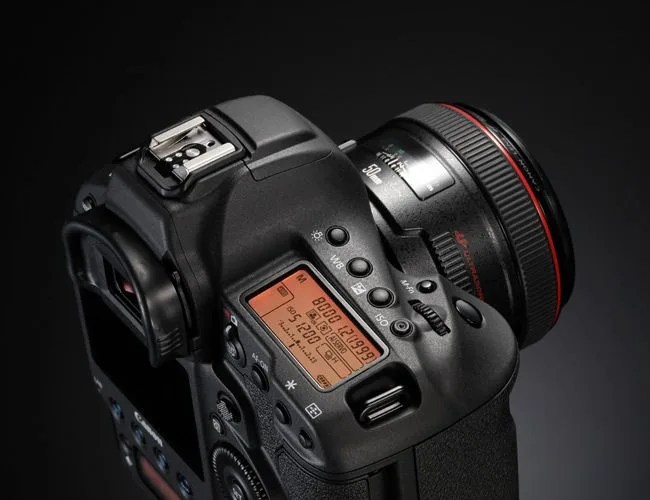Last night at 11:00 p.m. EST, Canon announced their new flagship, the EOS-1 D X Mark II, to the bearded fist pumps of professional sports and wedding photographers everywhere. The official tagline at the top of the release was “Delivering Precise and Reliable Performance,” which seemed to hint at the fact that the stats and figures below wouldn’t exactly blow the camera industry wide open. And they didn’t — but that wasn’t Canon’s intention.
The new 1DX II has a 20.2MP full-frame sensor, improved autofocus (including the first implementation of Canon’s Dual Pixel AF on a full-frame camera), improved ISO sensitivity that now ranges from 100 to 51,200, greatly increased video capability, and continuous RAW shooting up to 14 frames per second with full auto exposure and autofocus for an insane 170-image burst (filling up a 4GB card in a mere 11 seconds) — provided you’re writing to the new CFast memory card.

It’s worth noting that in basically every measurable metric (save for maybe the fact that the 1DX II has GPS) the camera falls short of Nikon’s new flagship D5. Seems a bit disappointing, no? (Of course, photographers who have spent $30,000 on lenses are locked in to the brand, despite disappointments or triumphs — relatively few established photographers will be jumping ship now.)
The basic argument for Canon’s painful incrementalism is that working pros need to be able to adapt to a new camera as fast as possible without the hiccups and learning curves that would come with the kind of technological jump between, say, Sony’s A7r and A7r II. But if Canon isn’t able to innovate in their flagship camera, then where? Is the world’s largst DSLR maker resting on its laurels? Maybe giant leaps of innovation make for an unreasonable request; or maybe the pace of growth until now is untenable; or maybe, just maybe, we’ll be awed by the 5D Mark IV.
